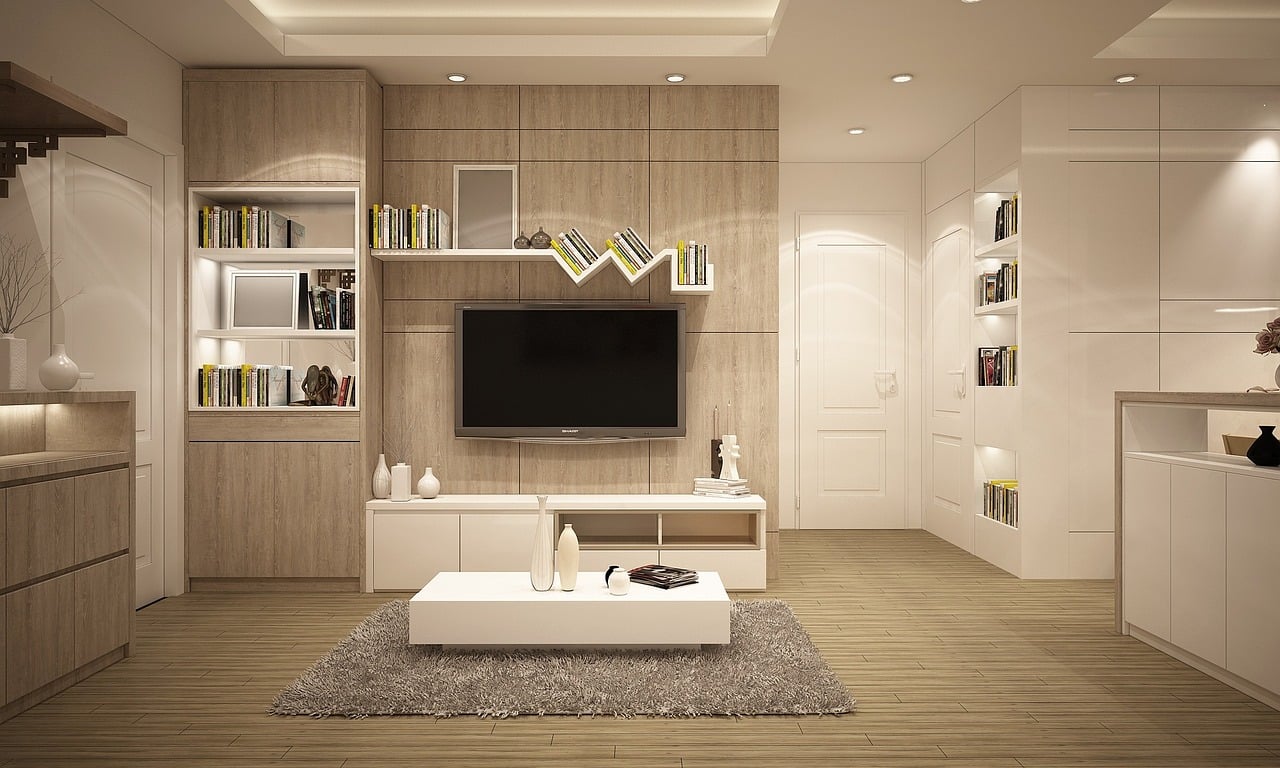The advantages of furnished rentals

In today’s dynamic rental market, tenants increasingly opt for furnished apartments. For landlords, this trend presents a unique opportunity to attract potential tenants and secure higher rental returns. But what exactly are the advantages of furnished rentals? Let’s delve into the specifics.
The Convenience Factor
Furnished rentals offer unparalleled convenience to prospective tenants. They make the daunting task of moving significantly less stressful by eliminating the need for transporting large, cumbersome furniture. In an era where time is more valuable than ever, this convenience can often tip the scales in your favor.
Cela peut vous intéresser : The impact of mortgage rates on the real estate market
By offering a furnished property, landlords can appeal to a wider demographic. For instance, young professionals moving to a new city for work or students starting university will greatly appreciate not having to worry about furniture. People in these situations are usually looking for a place to live in a short time, and furnished apartments perfectly meet this need.
Higher Rental Returns
One of the main benefits of renting out a furnished apartment is the potential for higher rental returns. Usually, furnished properties command a higher rent than their unfurnished counterparts. This is because tenants are willing to pay a premium for the convenience and time saved by not having to source, transport, and set up their own furniture.
Dans le meme genre : Secrets of a successful real estate negotiation
Additionally, with a furnished apartment, you open up the potential for short-term rentals. The market for this type of rental has exploded in recent years, with platforms like Airbnb making it easier than ever for landlords to connect with tenants looking for temporary accommodation. Short-term rentals tend to have higher daily rates compared to long-term rentals, which can lead to impressive returns over time.
Tax Benefits for Landlords
Landlords often overlook the tax benefits of providing a fully-furnished property. In many jurisdictions, you can claim tax deductions for the wear and tear of the furniture provided in your rental property. This depreciation can result in significant tax savings over time, effectively offsetting the initial cost of furnishing the property.
Landlords can also claim deductions for any repairs or maintenance done on the furniture. This can include anything from fixing a broken chair to replacing an old mattress. However, it’s always important to consult with a tax professional to understand the specific tax implications in your location.
Enhanced Property Management
Furnished rentals can also add an element of control over your property’s presentation. How your property looks plays a significant role in attracting tenants, and with a furnished apartment, you have full control over this aspect.
You can select furniture that enhances the aesthetic appeal of your apartment, making it more desirable to potential tenants. Furthermore, you can ensure that the furniture is well-maintained and in good condition, adding to the overall appeal of the property.
Increase in Tenant Retention
Finally, furnished rentals can lead to increased tenant retention. The allure of moving into a fully-equipped apartment can make the move seem less daunting for tenants, increasing the likelihood that they will stay for a longer period. This results in fewer vacancies, saving landlords the time and cost of finding new tenants.
Moreover, tenants living in a furnished apartment may feel more at home as they settle in faster. They’re also likely to take better care of the furniture because they understand it is part of the rental agreement.
In conclusion, while offering a furnished rental might require a higher initial investment, the benefits, ranging from higher rental returns, tax benefits, enhanced property management, and increased tenant retention, often outweigh the costs. By understanding these advantages, landlords can make informed decisions about whether furnished rentals are the right fit for their investment strategy.
Potential Downsides of Furnished Rentals
Despite the host of advantages, it’s important to note that renting a furnished apartment might also have some drawbacks. This may influence a landlord’s decision on whether to adopt the furnished rental model.
Firstly, landlords need to consider the initial investment required to furnish the property. This involves purchasing furniture, appliances, and various decorations to make the space appealing to potential tenants. The cost might be substantial, especially if landlords aim to provide high-quality furnishings that last.
Furnished rentals also require more maintenance and attention from property managers. With more items in the property, the likelihood of damage or wear and tear increases. Items may need to be repaired or replaced regularly, which can escalate costs. Moreover, this makes the security deposit more significant – landlords must decide how much to charge to cover any potential damages.
Furthermore, while furnished apartments might attract a wide demographic, they may also narrow down the market. Some potential tenants, such as families or long-term tenants, might already own furniture and prefer an unfurnished rental.
Lastly, it’s also worth considering that while furnished rentals can command higher rental income, they can also be subject to higher property tax, depending on the location. Thus, it’s essential to factor in the increase in potential income against the increased costs and responsibilities.
Wrapping Up
In the evolving landscape of the real estate market, furnished rentals have become a popular choice for many tenants looking for the convenience of a move-in-ready home. They offer numerous benefits to landlords, including higher rental returns, tax benefits, better property management, and increased tenant retention.
However, landlords should also be aware of the potential cons of renting furnished properties, such as the initial investment cost, increased maintenance, potential narrowing of the market, and possible increase in property tax. Each landlord must consider these aspects carefully and weigh them against the potential benefits to determine if furnished rentals are a good fit for their property portfolio.
In conclusion, the decision to offer a furnished rental should be based on careful consideration of the pros and cons, taking into account the unique characteristics of each property and the landlord’s specific circumstances. With a thorough understanding of the advantages and potential drawbacks, landlords can make an informed decision that maximizes their rental income while also ensuring tenant satisfaction.
